1. Growth vrs Resources. Exponential Growth: unlimited resources.Logistic Growth : limited resources.
2. Advantage to have a high population: High population density means greater diversity. i.e. greater chances of survival.
3. Minimum of individuals to guarantee long term survival in nature.
4. Limiting factor. Explain both and give examples.
5. Explain the graph (figure 5-10) page 129. With details.
6. Factors that explain why populations in different countries grow at different rates?
7. Explain Demographic transition. How is the Birth and Death rates in third world, second world and first world countries??. Be able to explain Fig 5-12.
8. What do we need to consider to predict how the world's human population will grow?...how is this grow going to be?.
9. Most important source of environmental change.
10. Human activities that affect the biosphere.
11. What is agriculture? What practices does agriculture involves? Explain the concept monoculture and green revolution.
13. What ware ecosystems good and services?.
14. Is hunting causing a great impact in the biosphere in the present time?
15. Explain the Challenges for the future created by agriculture.
16. Impact of industrial growth and urban development in the biosphere and in our lives.
17. What are natural or environmental resources?
18. How are environmental resources classified?. Explain each.
19. What is the problem on relying on fossil fuels for energy? (more than 90% f the energy comes from coal , oil and natural gas).
20. Explain sustainable development.
21. What effects do human activities have on natural resources? Land, Forest, Fishery, Air And Fresh water.
22. Definition of: soil erosion, soil, desertification, deforestation, forest management, aquaculture, and overgrazing.
23. Section Assessments. (5-2 to 6-2)
1. Describe the general trend of human population growth that has occurred over time? For thousand of years, the human population grew very slowly, then, about 500 years ago, the population started to from exponentially and increased dramatically.
2. What factors explain why populations in different countries grow at different rates? Birth and death rates and the age structure of a population.
3. What is demography? The scientific study of human population.
4. Describe the demographic transition and explain how it might affect a country's population growth rate. When the demographic transition begins, the birthrate and the death rate are high. Then, the death rate drops while the birth rate remains high. Finally, the birthrate also drops. After the demographic transition, a population's growth rate would be very low, and growth could even stop.
5. Why do you think age-structure diagrams can help predict future population trends? Age-structure diagrams include data on younger individuals in age groups that will contribute to population growth as members of those groups mature.
1. List three types of human activities that can affect the biosphere. For each activity, give one environmental cost and one benefit. Agriculture--cost: uses large amount of water. benefit: increase food production. Industry---- cost: toxic wastes. Benefit: large-scale production of products. Urban development--cost: destruction of habitat. Benefit: housing and jobs for large numbers of people.
2. Identify the three Earth's resources on which humans and other organisms depend for the long term survival of their species. Breathable air, drinkable water, and fertile soil.
3. What did agriculture provide that changed the course of human history?? A dependable supply of food that can be produced in large quantity and stored for later use.
4. Identify two ways in which the Industrial Revolution has affected living things. Pollution and urban growth that consumes natural habitats.
5. How might improved agricultural practices in a developing nation affect that nation's human population? With a reliable food supply, children are more likely to survive to adulthood, so families might elect to have fewer children. (sample answer)
1. What is the difference between a renewable and nonrenewable resource? A renewable resource can regenerate and is therefore replaceable. A nonrenewable resource cannot be replenished by natural processes.
3. How does the decline in world fisheries represent a tragedy of the commons? People from several countries were taking advantage of fisheries, but no one took responsibility for maintaining that resource.
4. Identify two ways in which environmental resources are important to human health. Wetland filter pollutants from water, and the air we breath (sample answer)
5. Describe sustainable development strategies to manage forests as a renewable resource. Selective harvesting mature trees from forests (to promote the growth of younger trees) and planting and harvesting trees from tree farms.





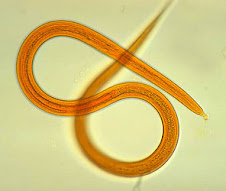




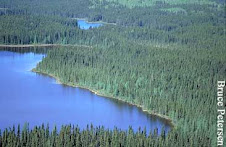


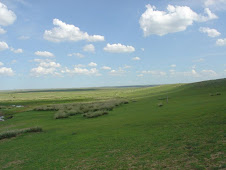


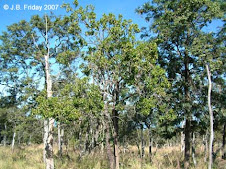
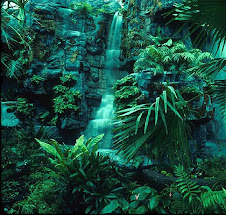

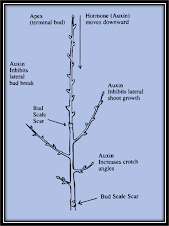


No hay comentarios:
Publicar un comentario